Wuyuezhai Scenic Area, National Forest Park, AAAAAA Tourist Area, is located in the eastern foot of Taihang Mountain, located in the northwest of Lingshou County, Hebei Province. It is named for its five peaks, which stand side by side and have the characteristics of five mountains. The park is part of Manshan Nature Reserve in Hebei Province, with a total area of 24 square kilometers.
In December 2000, it was approved as the National Forest Park by the State Forestry Administration, and for many years it maintained the titles of "Hebei Province Tourist Scenic Spots (Spots) Comprehensive Management Standard Unit" and "Shijiazhuang Top Ten Tourist Scenic Spots". In 2004, the scenic spot passed the ISO9000, ISO14000 quality and environmental system certification smoothly. In the same year, it was assessed as AAAA grade tourist area by the National Tourism Administration and Hebei Geopark in 2006. At present, it is actively declaring Wuyuezhai National Geopark. In the scenic area, mountains are high and forested, flowers are beautiful, mountains are green, clouds and seas are ripple, and the temperature is humid and cool, the air is fresh. Animals, plants and water resources are extremely rich, with hundreds of large and small waterfalls. The sub-alpine meadow at an altitude of more than 2000 meters can bring visitors to the grassland realm of the Bashang grassland where the wind blows the grass but the cattle and sheep are low. With the dangerous peak and valley landscape and the strong regional characteristics of the frontier fortress, the scenic spot has become a high-grade, multi-functional natural scenic spot integrating tourism, fitness and recuperation, summer vacation, adventure, mountain climbing and scientific investigation.
Main attractions
In Wuyuezhai Scenic Area, the vegetation coverage rate is over 98%, and there are many kinds of vegetation. Regardless of gullies or peaks, verdant and lush forests are covered everywhere. More than 40% of them are primary secondary forests, with neat forest facies, high density and various types. Larix gmelinii, Pinus tabulaeformis, Betula platyphylla and walnut autumn forests are all over the park.
According to the preliminary investigation of Hebei Forestry Survey and Design Institute and other units, there are about 120 families, 357 genera and 532 species of higher plants in this area, accounting for 58.8%, 38% and 19% of the current records of Hebei Province, respectively. The endemic plants in Hebei Province are: Hydrangea dongling, xylum sugar leaves, Astragalus membranaceus, catalpa and so on, which belong to the national key protection of Tilia, Juglans walnut, Acanthopanax senticosus and so on. There are 159 species of terrestrial vertebrates belonging to 17 orders, 56 families and 102 genera in this area. Among them, 14 species are listed as key protected animals by the state: leopard, zebra, Golden Eagle and so on. There are 108 species of animals listed as beneficial or of important economic and scientific research value under state protection. The State Forestry Administration organized evaluation experts to visit and said, "Here is the most well-preserved forest ecosystem in Taihang Mountains."
Tourism information
Long-distance bus: 1. Take a long-distance bus to Wuyuezhai at Shijiazhuang Canal Bridge Passenger Station.
2. Take a long-distance bus from Shijiazhuang North Passenger Transport Station to Lingshou Bus Station, and then change to a long-distance bus to Wuyuezhai.
geographical position
Wuyuezhai Scenic Area, located in the northwest of Lingshou County, Hebei Province, is named for its five peaks standing side by side and the characteristics of the five mountains. Wuyuezhai Forest Park is developed and managed by Hebei Wuyuezhai Tourism Development Co., Ltd. It is part of Manshan Nature Reserve in Hebei Province, with a total area of 88 square kilometers.
Geology and geomorphology
The Wuyuezhai Scenic Area belongs to the eastern foot of the middle Taihang Mountains in the North China Paleocontinent. The Middle and Lower Proterozoic metamorphic rocks are widely exposed in the area. Their lithology is mainly gneiss, granulite, amphibolite schist and porphyry granite. Due to the strong uplift and differential fault block activities of the Cenozoic Himalayan movement, a series of steep peaks with relatively large elevation difference were formed. The park is located in the Middle-Mountain area of the fault block developed on the basis of the ancient metamorphic rocks. Because of the fault block structure, the mountain gullies in the scenic area are steep, powerful and dangerous, and the valleys are numerous and dangerous. The main peak of Wuyuezhai is independent of the five peaks. For example, a group of huge bonsai is lifted by the chest of Taihang Mountain. The main peak is 1945.6 meters and the lowest peak is more than 1880 meters. The mountains are steep and dangerous, with steep cliffs on the southeastern side and vertical valleys up to hundreds of meters deep. Only a dozen square meters of the peak rock platform, three facing a mighty cliff, extremely dangerous. Standing at the top of the peak and looking around, the sky and the earth are the same in the vastness, and the mountains and mountains are in full view, so that people can truly experience the realm of "Ling Jingding, a panoramic view of the mountains and small". Wuyuezhai has abundant geological resources and peculiar mountain topography. Many peaks, such as monkey head peak, stone hump, mandarin duck stone, general stone, etc., have strange shapes and vivid human-like and animal-like features.
climate
Although Wuyuezhai Scenic Area belongs to the temperate continental monsoon climate, it is located in the mountainous area with a high altitude, which is hindered by the mountainous area and forms a unique microclimate. Summer is cool and pleasant, with an average annual temperature of 12 degrees Celsius, an average temperature of 19 degrees Celsius in July, an annual precipitation of 700-850 mm, and a large temperature difference between day and night. The extreme minimum temperature in winter is - 26 C, and the ice and snow can stay for more than 210 days. The climate here is also known as "recreational climate". The air in the forest is not only clean and pollution-free, but also emits organic bactericidal substances, such as monoterpenes, diterpenes and sesquiterpenes. They have anti-biological, anti-inflammatory and anti-cancer properties, can regulate visceral activities, inhibit mental dryness, and contain 15,000 negative oxygen ions per cubic centimeter in the air, which can treat hypertension and neurasthenia. Diabetes mellitus and so on have certain effect.
hydrology
Wuyuezhai Scenic Area is the birthplace of Cihe River. It is formed by geology, biology and precipitation. Springs, streams, pools and waterfalls can be seen everywhere, in different shapes, all the year round. And the water quality is excellent, cool and sweet. The famous "Yanzhao First Waterfall" is the largest waterfall in the north, with a drop of 108 meters. A white drill flies down from half cloud and half fog, blown out ten thousand magnolias by the wind, and crushed to pieces at the bottom of the cliff. It instantly turns into a smoke, drifting and dim. It is water within ten feet, smoke beyond ten feet, which makes people feel magnificent and magnificent. Forget yourself and melt into nature.
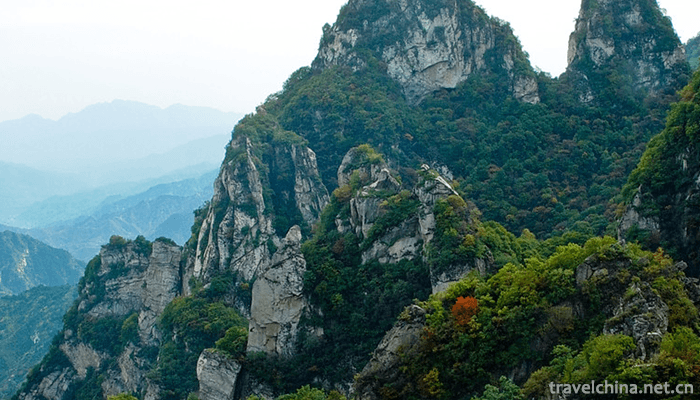
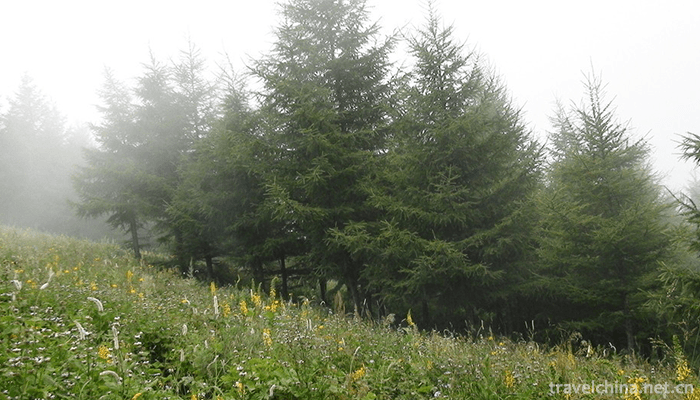
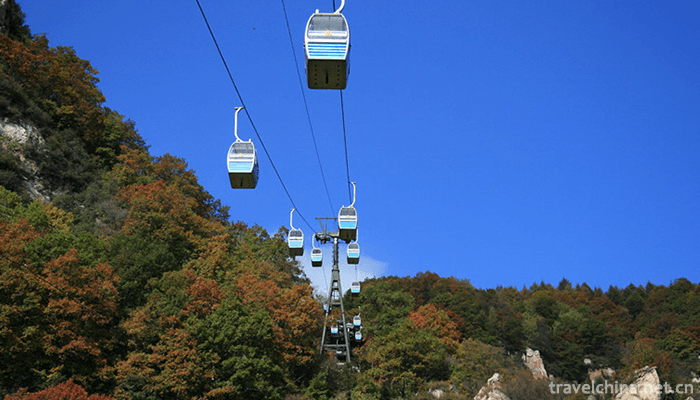
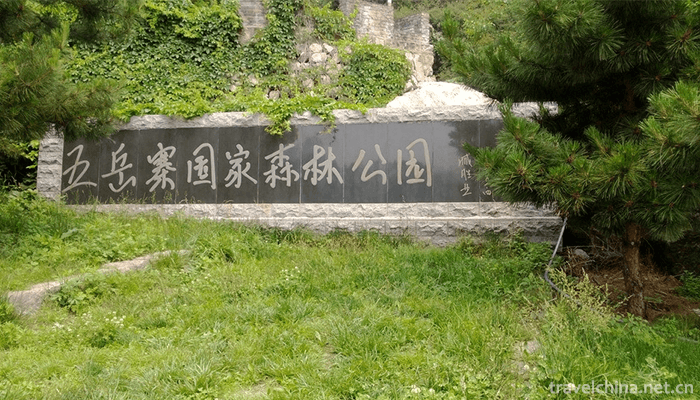
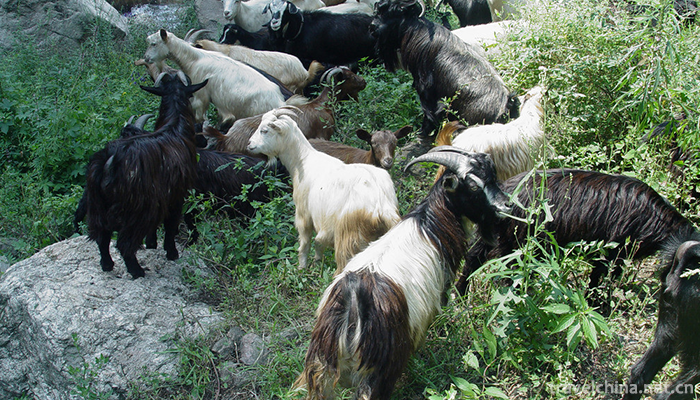
0 Questions
Ask a Question
Your email address will not be published.